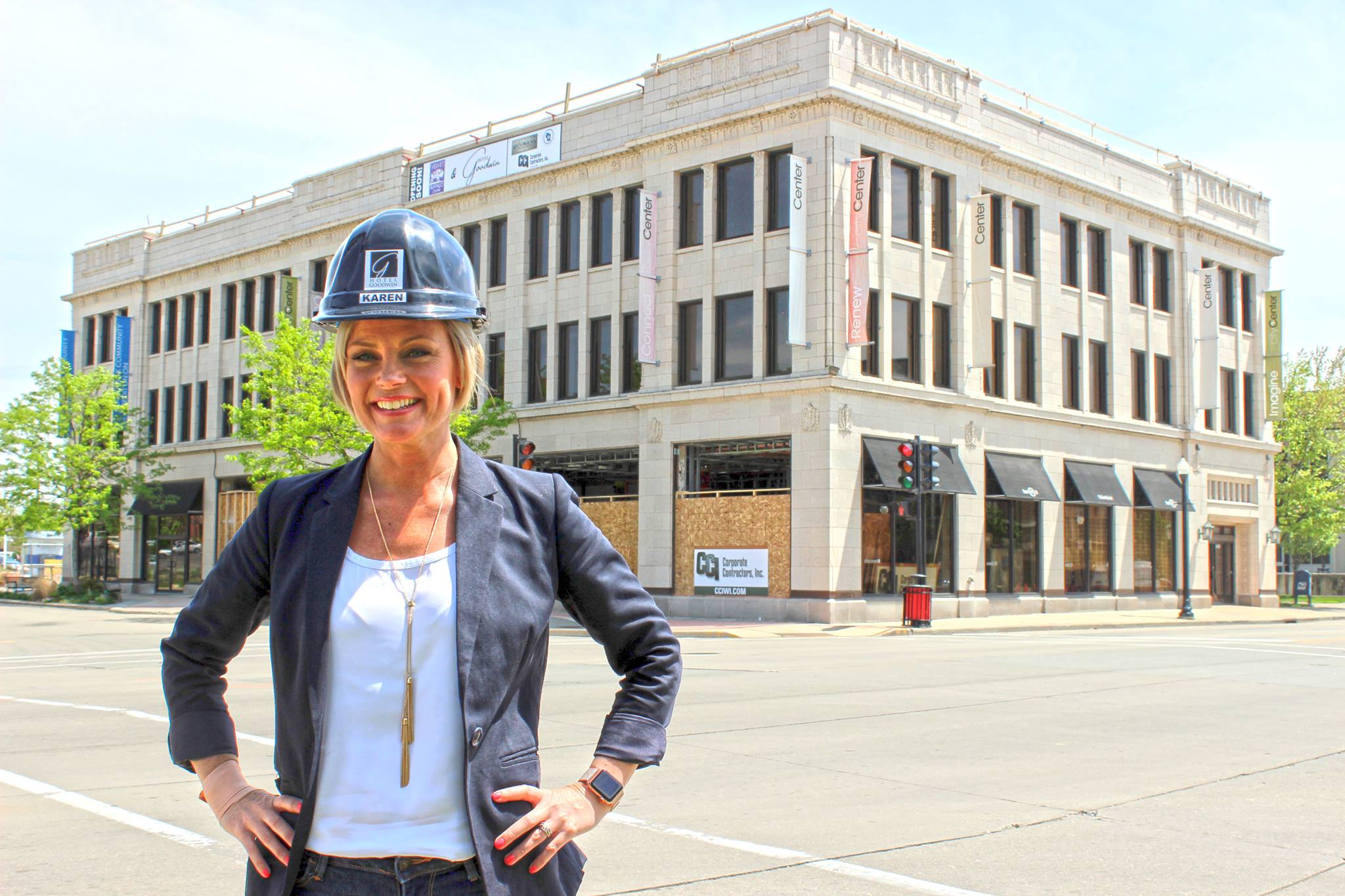
May is Historic Preservation Month, so it is fitting that this issue of INtersections highlight some of the individuals around the state who have undertaken impactful local renovations of historic downtown properties. Investment in ongoing maintenance and periodic renovation or restoration of older or historic buildings is a key elements of downtown revitalization. Unique downtown buildings provide a memorable sense of place and accommodate the entrepreneurs, residents and myriad other uses that bring people into the district. Over time, to continue to serve this purpose, some properties will need to be adapted to other uses or renovated to meet current expectations and codes. Finding and supporting property owners – who are almost always individuals with community ties – willing and able to take on this challenge is critical for any community. Today, we highlight three stories from local property owners who have made a difference in their local community, investing in downtowns for the future. They share their insights in hopes of inspiring and aiding future generations of local investors.
Renovating and updating a historic property
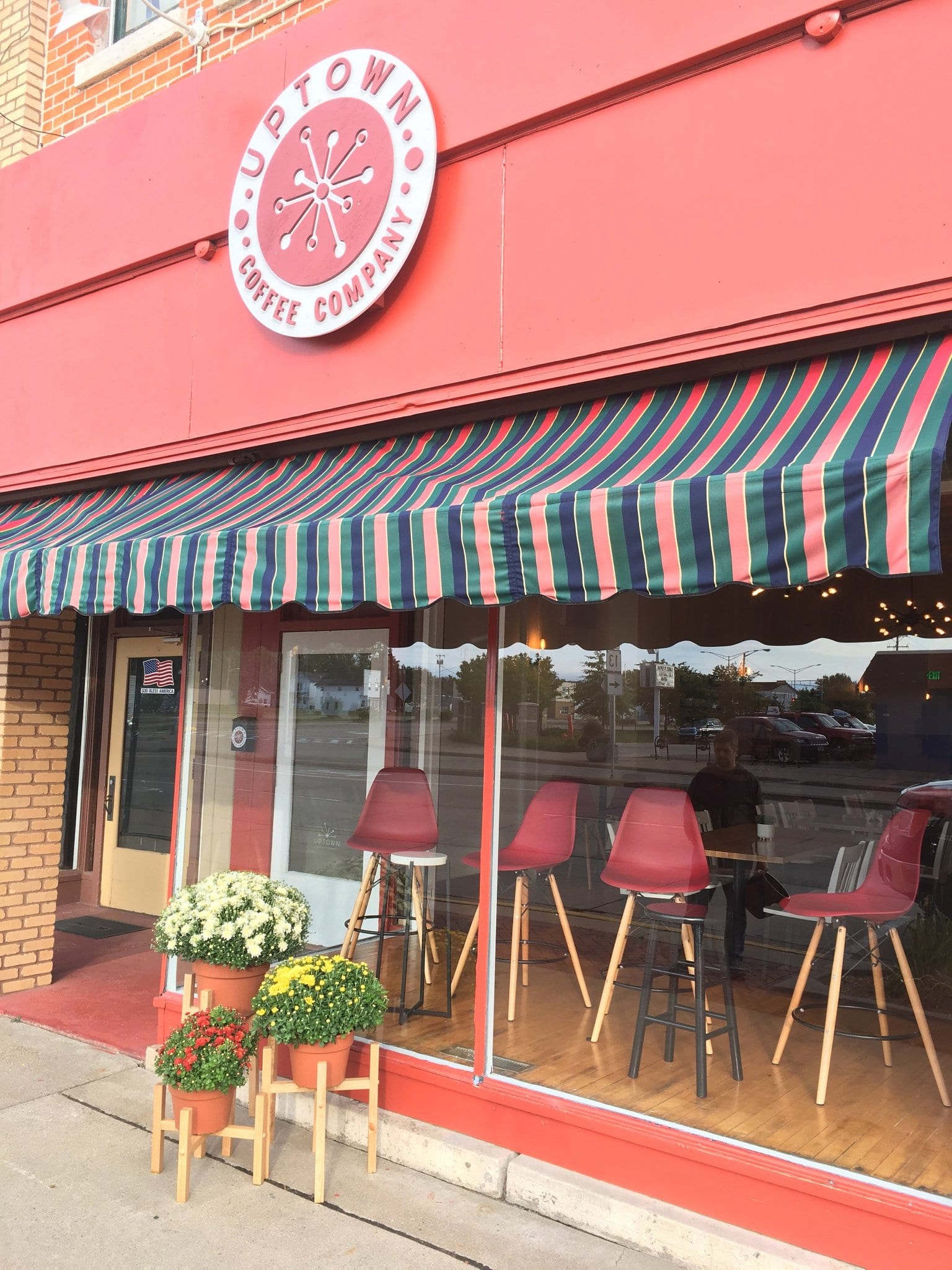
Chris and Erin Howard of Marshfield discuss their recent renovation of 119-121 S. Central Ave., originally built for the Noll Hardware Company in 1887. The building is now home to the Uptown Coffee Company, which won a 2019 Wisconsin Main Street Award for Best Interior Renovation.
How long had you been considering the project before you decided to move forward?
It was the first building we owned in downtown Marshfield. In fact, Chris bought it before we met. Over the years, we’ve purchased and restored several buildings in downtown, and what began as a hobby has become our full-time job. However, this first building was never renovated because there was an antique shop that rented the entire retail space on the first floor. After renting from us for several years at two locations, the antique store decided to consolidate its two locations into one.
How did you select an end user?
With the antique store moving out, we dreamed of renovating the space and bringing in some kind of unique restaurant that would bring more creativity, personality and culture to Marshfield’s downtown and draw regular foot traffic to the 100 block. Shortly thereafter—whether through fate, destiny or coincidence—John and Vicki Tracy reached out to us and asked if we had a location for a coffee shop. This seemed to be the perfect opportunity to renovate this historic building and create the perfect space to accommodate a new, local, mom-and-pop coffee shop in downtown Marshfield.
How did you decide to move forward with the project?
There are always many elements that must come together exactly right for a business to be successful. The building and the location are two of the most important elements to start with. Beyond that, however, the landlord-tenant relationship is critical to the success of the business. As landlords and building owners, we were evaluating John and Vicki to see if they had “the right stuff” to make their business successful over the long run. We found them to be very knowledgeable about coffee. They were definitely dedicated – they didn’t just love coffee; they lived and breathed coffee. They knew everything about how coffee beans are grown, where they are grown, how the beans are roasted and so much more. It was obvious that they had researched every aspect of running a coffee business and knew what they were doing. As we evaluated them, we were sure that they were evaluating us as well. They wanted to make sure that they would have our support as they faced the ups and downs and struggles that every small business faces. We made sure they knew early on that we were part of their team. We allowed them to provide input as we restored and renovated their space. Once we had fully restored the walls, ceilings and floors and brought everything up to code with the bathrooms and common spaces, we allowed Vicki and John to create their coffee shop in a way that would showcase their own unique personalities. We rarely said “no” to anything they wanted to do to their space. We knew how to restore a historic building. And we realized that they knew how to create a wonderful coffee shop. Each party brought their strengths and talents to the renovation, and we all worked together very well as a team.
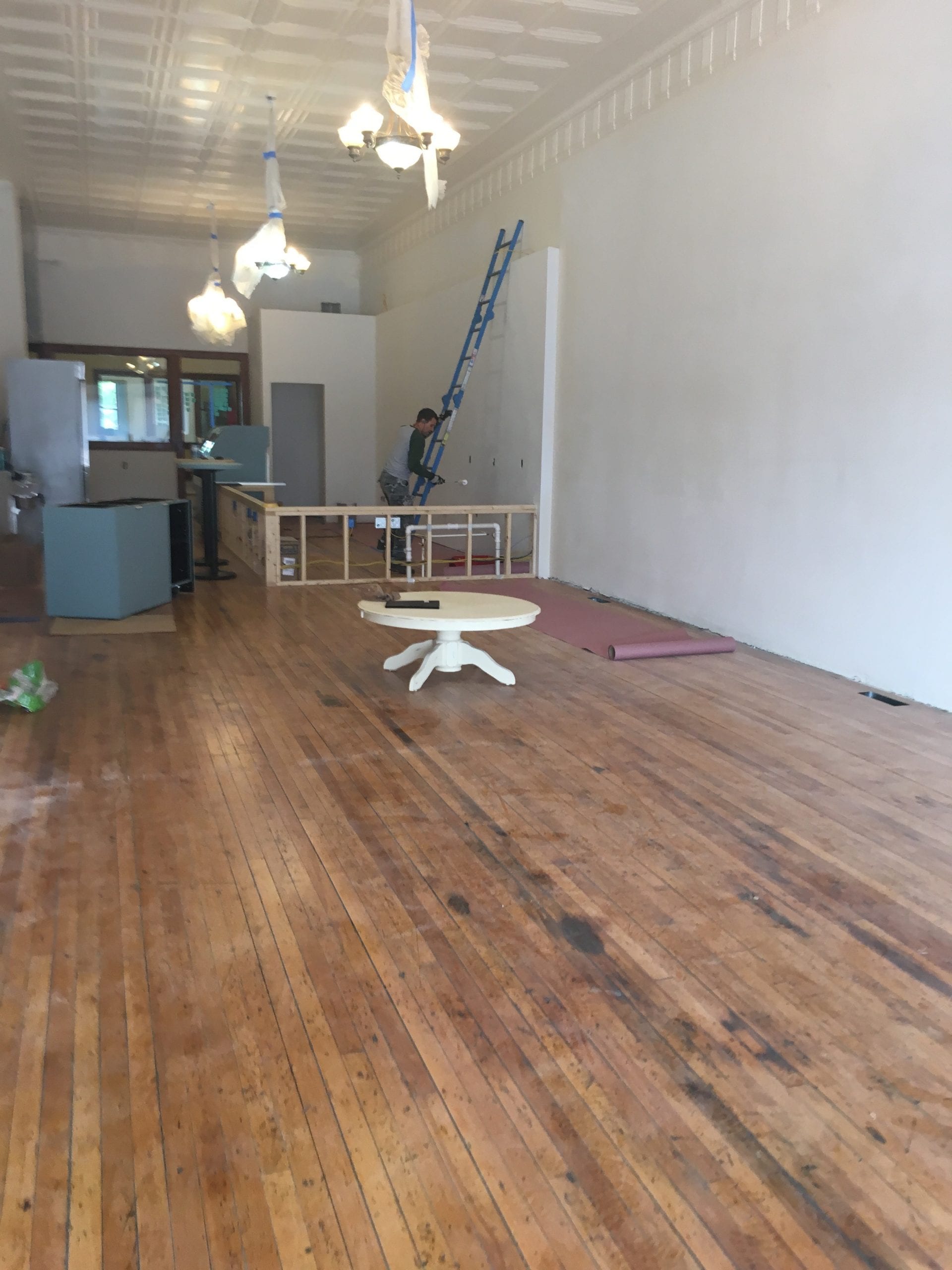 |
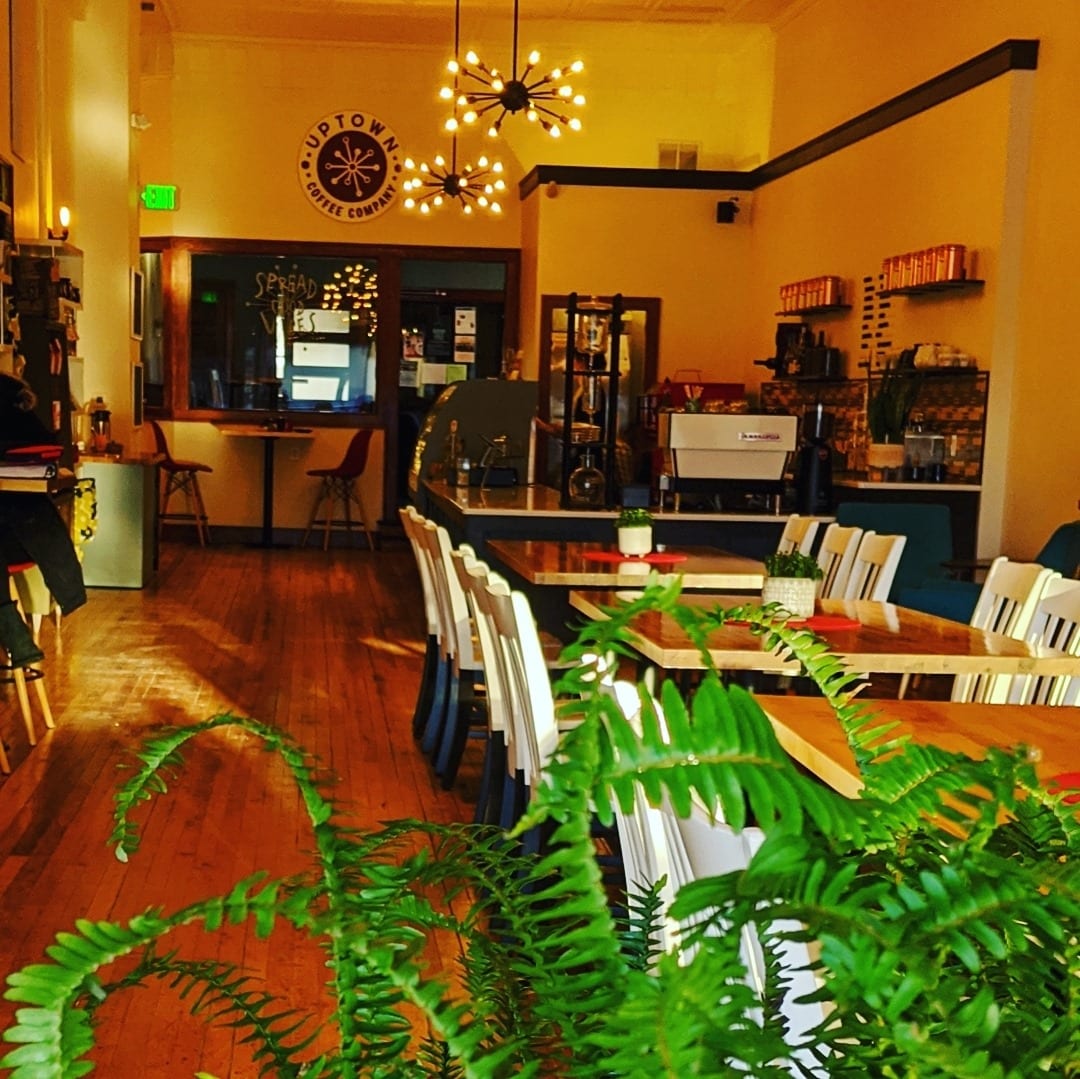 |
The building at 119-121S. Central Ave. is shown before and after the renovation project.
What challenges did you encounter and overcome during the project?
Since we had renovated several historic buildings previously in downtown Marshfield, the renovation of the Noll building was relatively pain free. From past experience, we knew the final cost would be about twice our budget and we almost stayed below that. We were familiar with the regulations, and we knew to ask the city’s building inspector to walk through the building prior to doing any renovations to get his input and advice.
What should others know before they get started on a development project?
The best advice we can give for designing a renovation is to let the building be what it wants to be. In other words, restore it to as closely as possible to the original floor plan. The architects of our past had wonderfully creative ideas when they built these historic buildings, and it’s nearly always best to honor their memories by bringing their original dreams and plans back to life. We have found that most historic buildings are vastly improved by removing things rather than adding things. With the Noll renovation, we removed modern walls that had divided the beautiful open space. We removed carpet, tile and glue to expose the beautiful original hardwood floor. We restored and painted the original pressed-metal ceilings and columns. Anything new had to fit seamlessly into the original design. Even the new, accessible bathrooms, located in a common rear area to provide access for all commercial tenants, were designed to feel historic and create a memorable experience out of an often overlooked part of a renovation. The result was a building with a perfect marriage of old and new that has an excellent look and feel while staying true to its historic past.
What local, regional or state assistance—financial or otherwise—did you receive as part of the project?
The City of Marshfield and Main Street Marshfield were huge supporters of this project. The city inspector was a great resource for us as we planned and designed the project. He helped ensure that we were meeting not only local building codes but also state regulations. Also, the City of Marshfield and Main Street Marshfield contributed financially to the facade restoration with a 50% match.
Small town infill
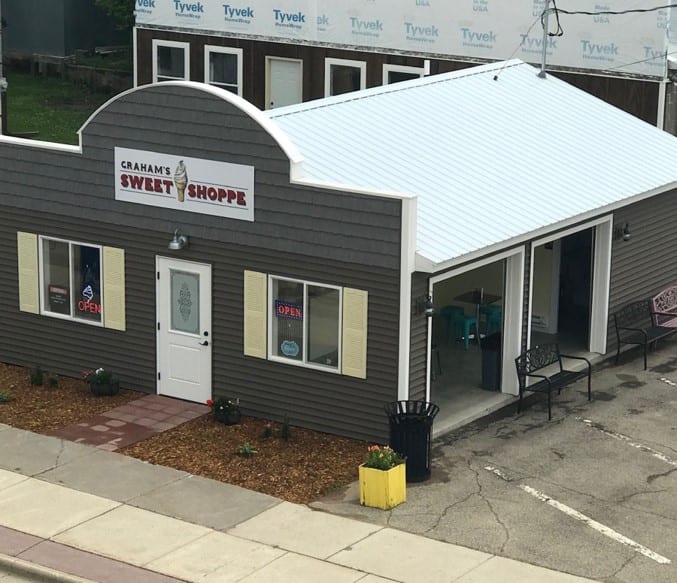
Andrea and Richard Graham of Tigerton discuss what inspired them to construct the first new infill building in town in more than a decade. The project, at 220 Cedar St., won the 2020 Wisconsin Main Street Award for Best Infill Development.
What made you decide to tackle the project? How did you decide on the use?
We decided to tackle this project to bring something new to town. We personally always wanted to get an ice cream shop in our town, but because we are so small, we needed to have it done privately. No bigger company was going to come in.
Infill community demand picture Caption: The project was strongly supported by the community.
How long had you been considering the project or looking for a location before you decided to move forward?
We have discussed this project since 2017. My husband inherited the property we built it on. It was an exceptionally large open space. So, we made plans to add to this lot.
What challenges did you face during the development process?
Locally, we had very few regulations other than our zoning code. Our community is so small that we primarily needed to convince residents that a new development and new business would be successful. work around people wanting to bring something new into our town. The village was an amazing help with getting the water and sewer hooked up efficiently so we could keep our construction schedule. Design was tough. I had never worked in an ice cream shop, so we had to do a lot of research and visited a lot of other ice cream shops to get ideas to help us design this building.
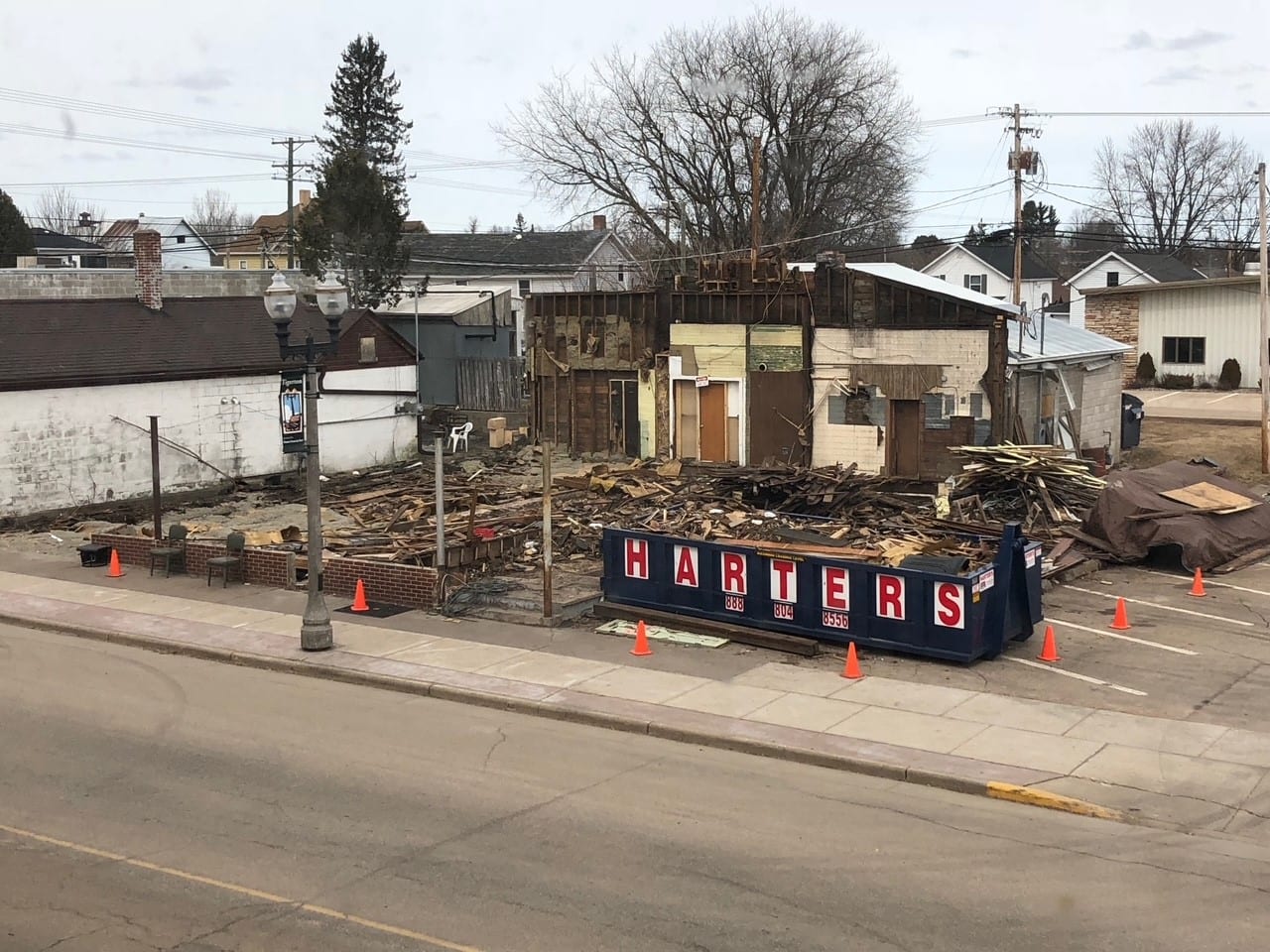 |
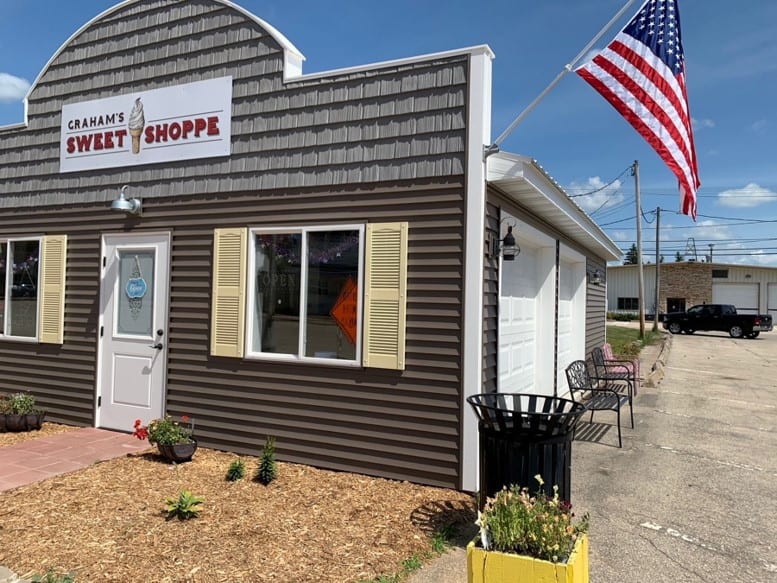 |
Graham’s Sweet Shoppe represents new investment in downtown Tigerton.
What do you know now that you wish you had known before you started?
I wish I would have known the chaos of building a new building. It was a lot of work organizing the build with local contractors.
What local, regional or state assistance—financial or otherwise—did you receive as part of the project?
The only assistance we received was at the local end. Tigerton Main Street provided a $7,000 revolving loan at 1% interest to help us with purchasing some equipment. We also financed the project through our local bank.
What’s next?
At the end of 2020, the building and business were sold to another local resident who has always wanted a sweet shop. So, starting in spring 2021, Graham’s Sweet Shoppe will open under different ownership. But I am so grateful that my family and I were able to get a new building and business in our community.
Adaptive reuse and repurposing
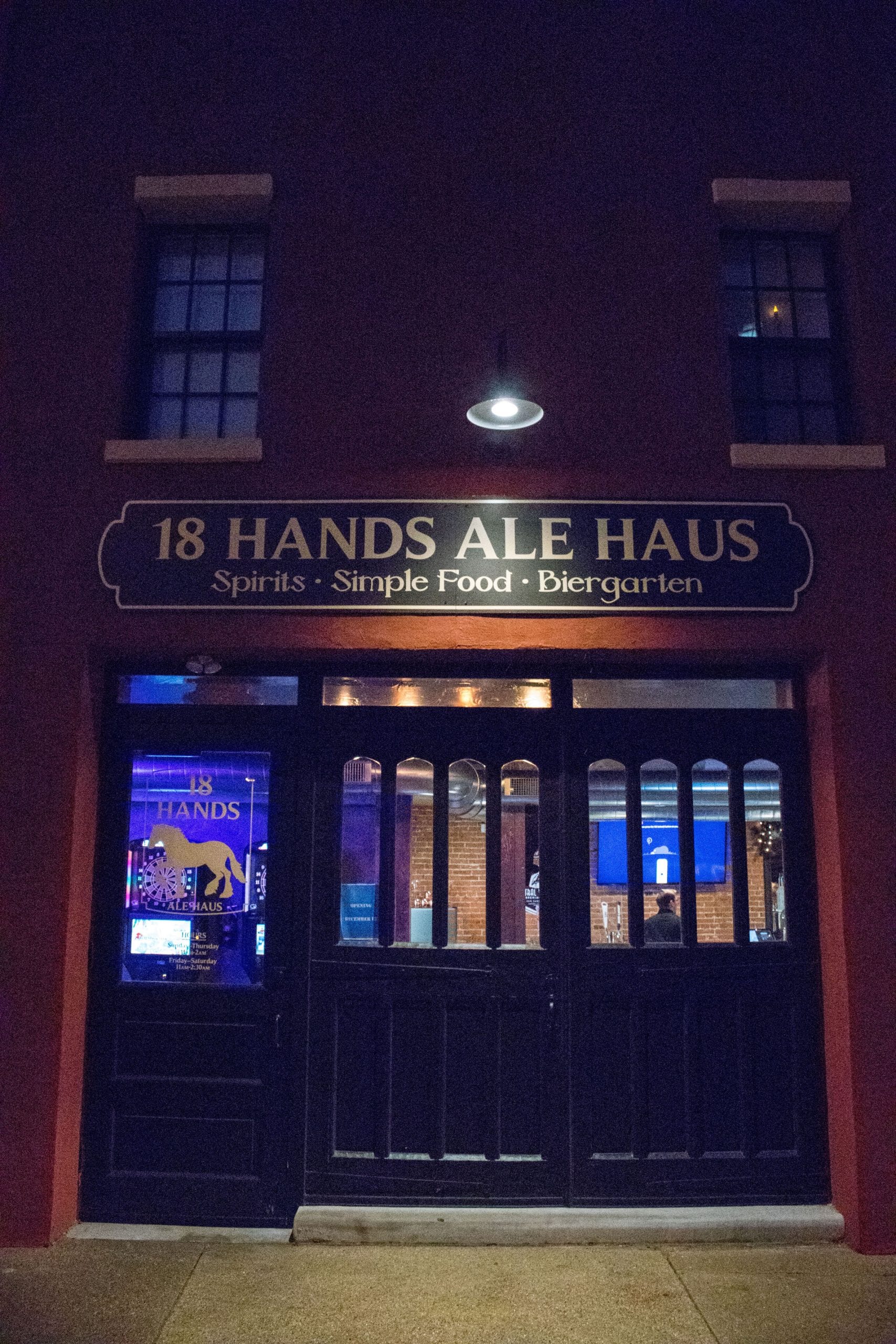
Sam Meyer discusses his most recent Fond du Lac project, the conversion of a building originally used as a livery stable and later as a car dealership, garage and for other commercial uses. Meyer transformed the building into 18 Hands Ale Haus, a German-style beer hall with an outdoor patio. The project, at 18 E. Division St., also added a pair of loft apartments upstairs. The project won an award for Best Façade Renovation at the 2019 Wisconsin Main Street Awards.
What made you decide to tackle the project?
I decided to tackle this project because of the recent investment in the renovation and opening of the Hotel Retlaw, which is right across the street. The entrance to the hotel is directly across the street from what became my outdoor biergarten. I felt this mixed-use project would benefit downtown and that there would be demand, given its proximity to the hotel.
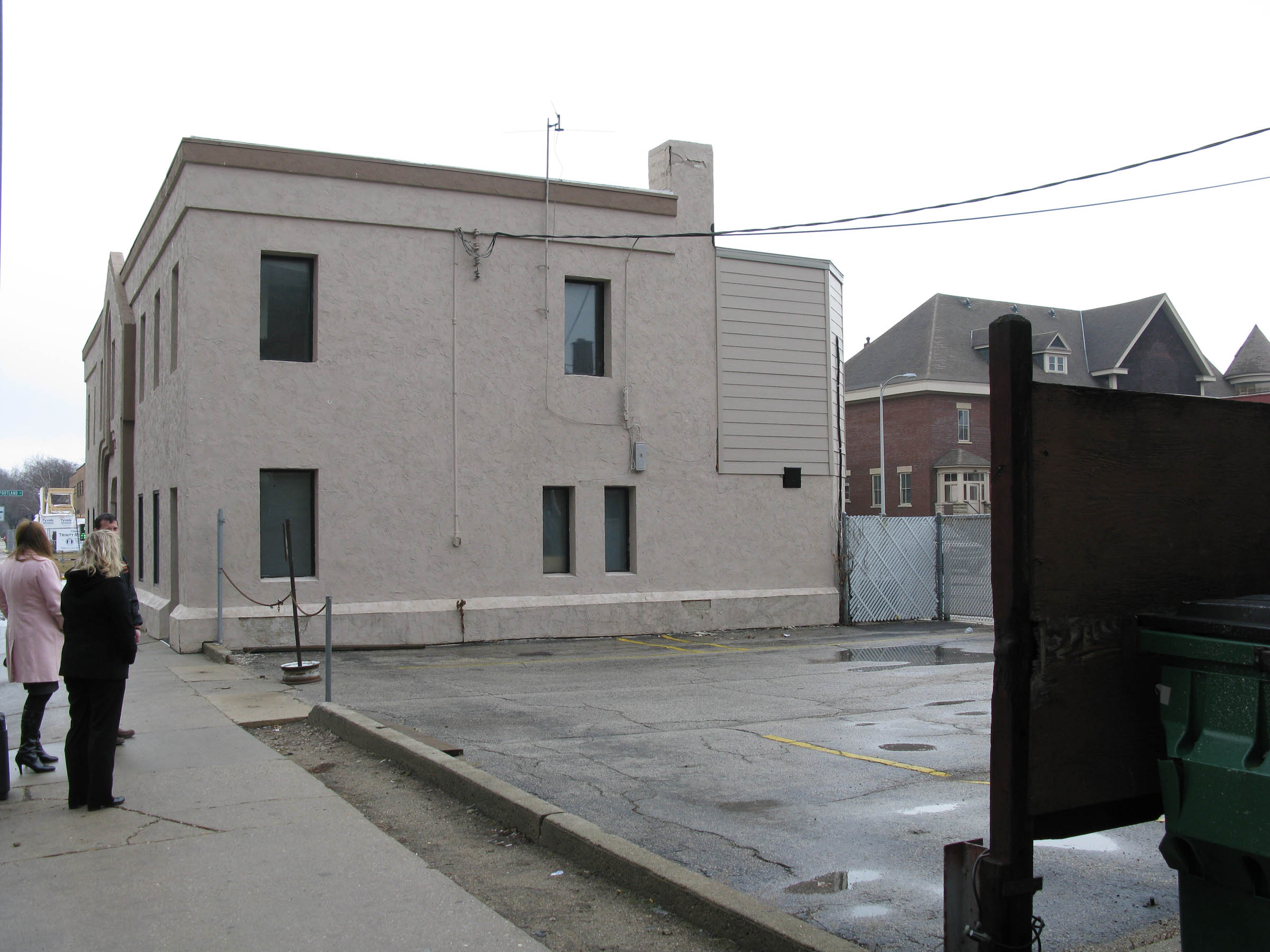 |
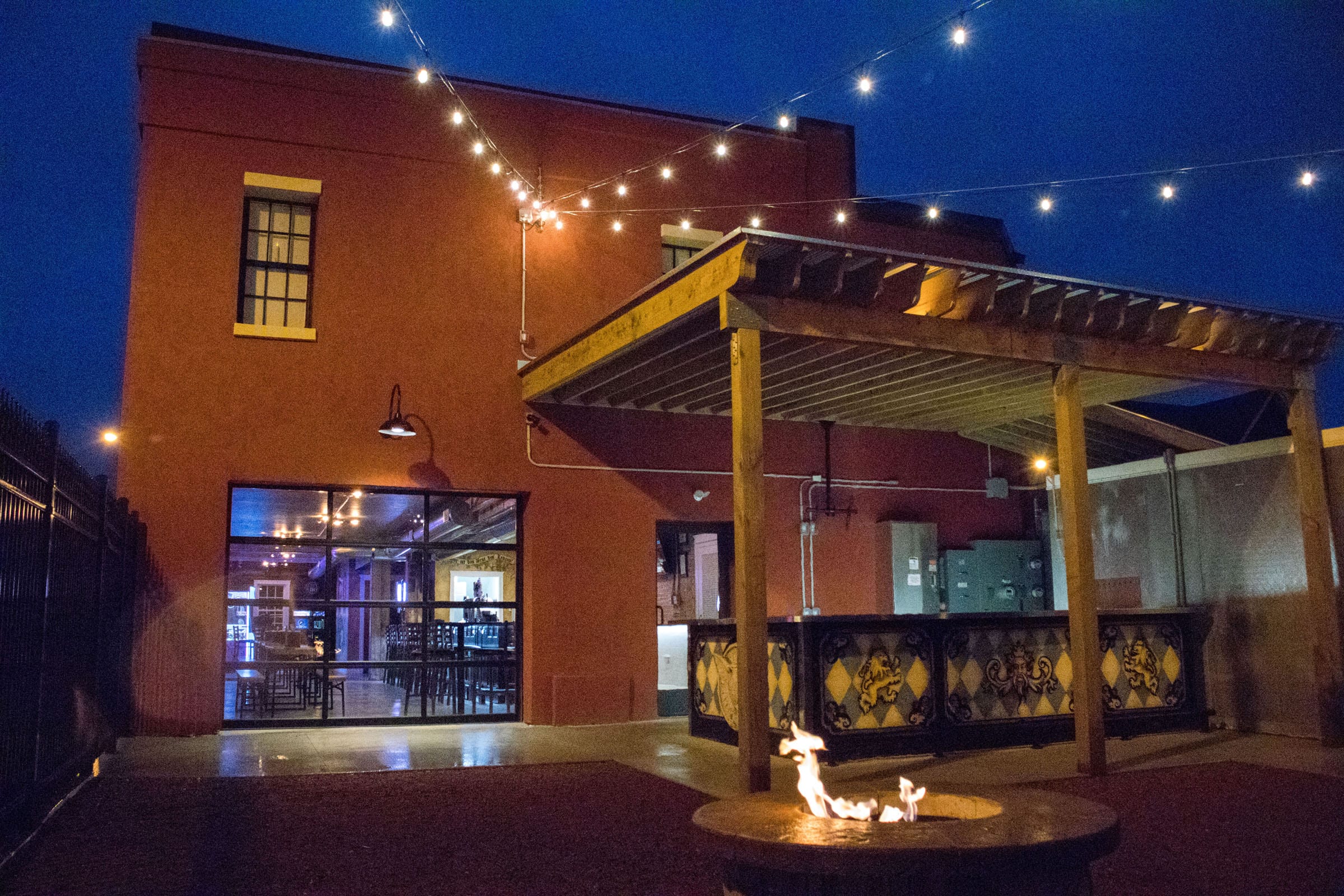 |
The project included a highly visible biergarten patio to attract customers and provide an amenity lacking in downtown.
How did you select the project? Was the building the driver, the location or something else?
Location, location, location … plus a demand for upscale urban housing in our downtown setting.
What challenges did you face during the process?
Because I had an architect on board and had established a good working relationship with the City on previous projects, the design and permitting went smoothly. My biggest challenge was getting contractors to show up when needed in a timely manner. I’m a smaller developer and I suspect the contractors had to pay more attention to larger projects and repeat customers who were general contractors.
What do you know now that you wish you had known before you started?
I acted as my own general contractor. While I probably saved some money, I will probably hire those duties out in the future as to not distract from my other job duties and activities.
What local, regional or state assistance—financial or otherwise—did you receive as part of the project?
This project was truly a private-public partnership. Besides my own investment and lender financing, I received funding through a City of Fond du Lac Tax Increment District, a WEDC Community Development Investment Grant, and a Downtown Fond du Lac Partnership Facade Grant.
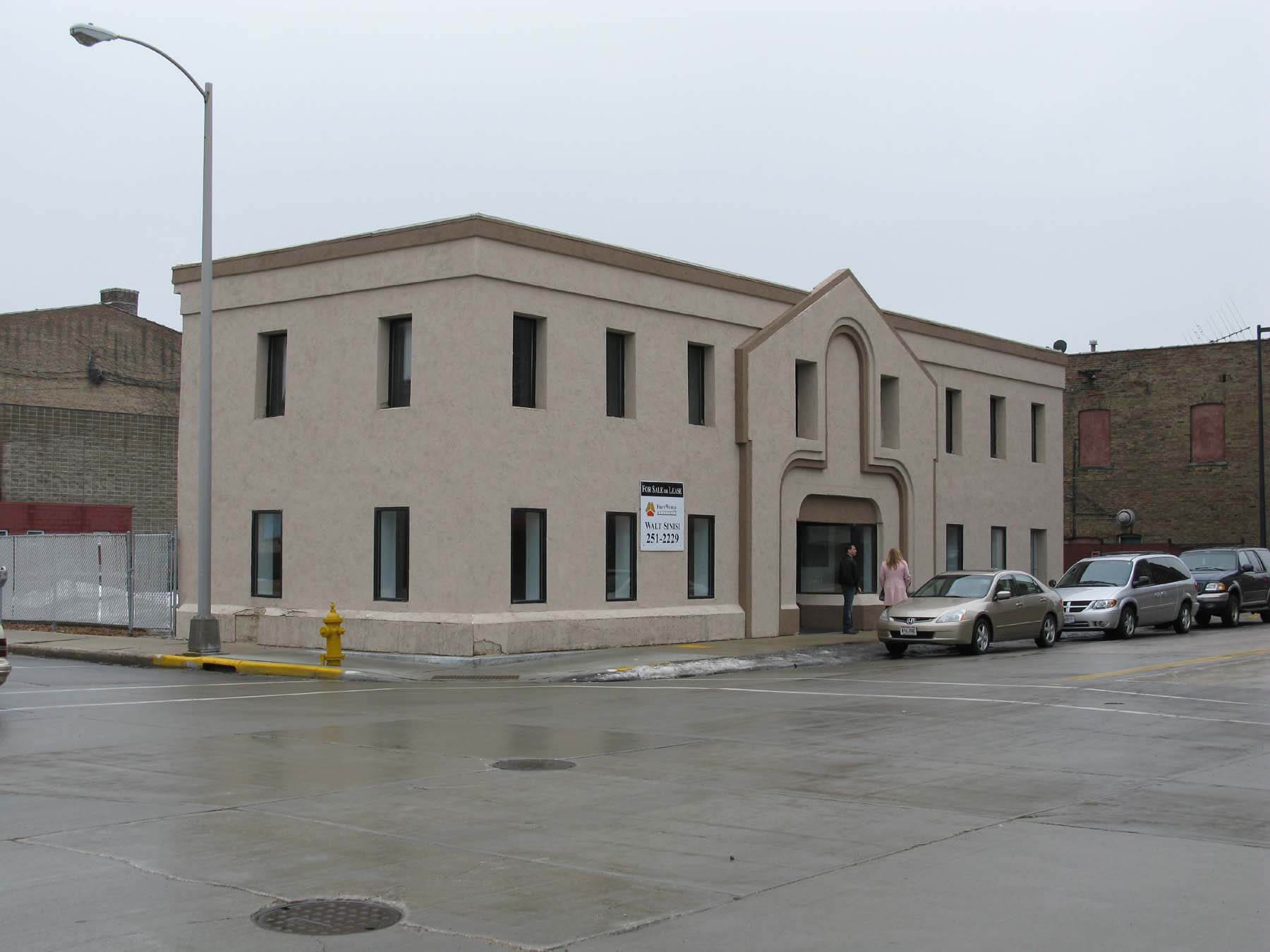 |
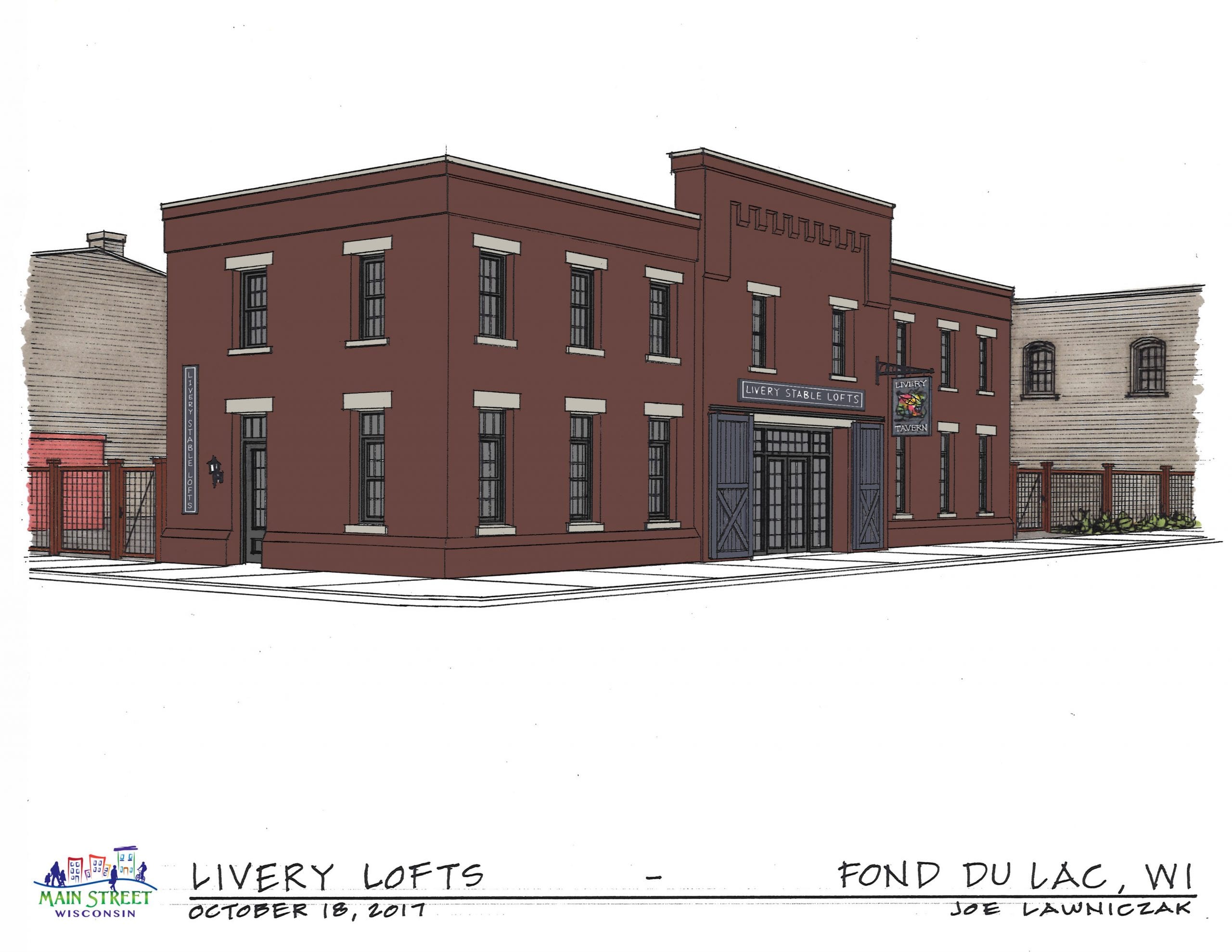 |
The project transformed a nondescript property into an attractive destination through strategic investment and partnerships.
